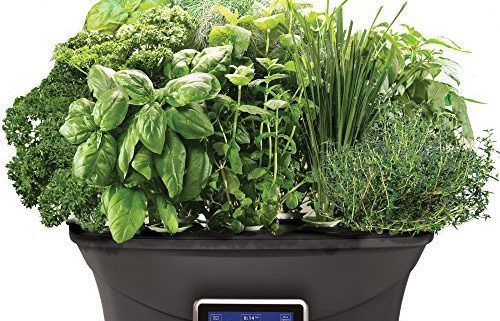There is no better way to relax than having your own indoor garden at home. A bit of green always serves to spice up any space, giving it a vibrant atmosphere. Of course, starting your own garden is often easier said than done. There are a lot of things that you have to take into consideration.
For instance, you have to get a good batch of seed mix to plant. Then, you need to have a good watering routine. However, perhaps the most important aspect here is the light source. This is because the proper lighting is vital if you want your seedlings to grow healthy and stocky.
Of course, it should please readers to know that artificial lights, when used correctly, can ensure that your seedlings thrive. This article seeks to help readers find the right kind of light for their home garden. It provides a couple of key points to consider.
Light Intensity
As you probably know, all seedlings require bright light to ensure proper growth. If they do not receive enough of it then you will notice that they can get tall and leggy. Keep in mind that placing your plants by the sunniest windowsill in your home is often not enough.
This is why we highly recommend that you put your plants under fluorescent lights. These bulbs offer the best solution to your problem as they can serve as a high-intensity light source. By growing your plants under these lights, you can effectively control the light intensity in two ways: the wattage of the bulb and its proximity to the plant’s foliage.
Keep in mind that these fluorescent bulbs are ideal because of the small amounts of heat they give off. The story is altogether different with regular incandescent bulbs that can get a bit too hot for the seedlings which can burn the plant’s tender foliage. That being said, it is ideal that you place your fluorescent bulb at a distance of 2 to 3 inches above the foliage. As your seedlings grow, you can adjust the distance of the fluorescent light fixture accordingly.
Duration of Light
It is worth stating here that the point of your light source is to recreate the natural light cycle and to give your plants their necessary time in the light. That being said, if you are planting vegetables in your indoor garden, you should keep in mind that you will need to give them around 14 to 18 hours of light each day.
Conversely, your plants will also need their rest period. That is why you will also need to turn off the light after enough time has passed. In most cases, seedlings need to have eight hours of darkness. Consistency is key here. That is why we highly recommend that you make use of an automatic timer. This way you will not have to worry about overexposure.
This article presented a couple of things you need to keep in mind when setting up the lighting for your indoor garden. Just make sure that you get the right bulb for the job.






Leave a Reply
Want to join the discussion?Feel free to contribute!